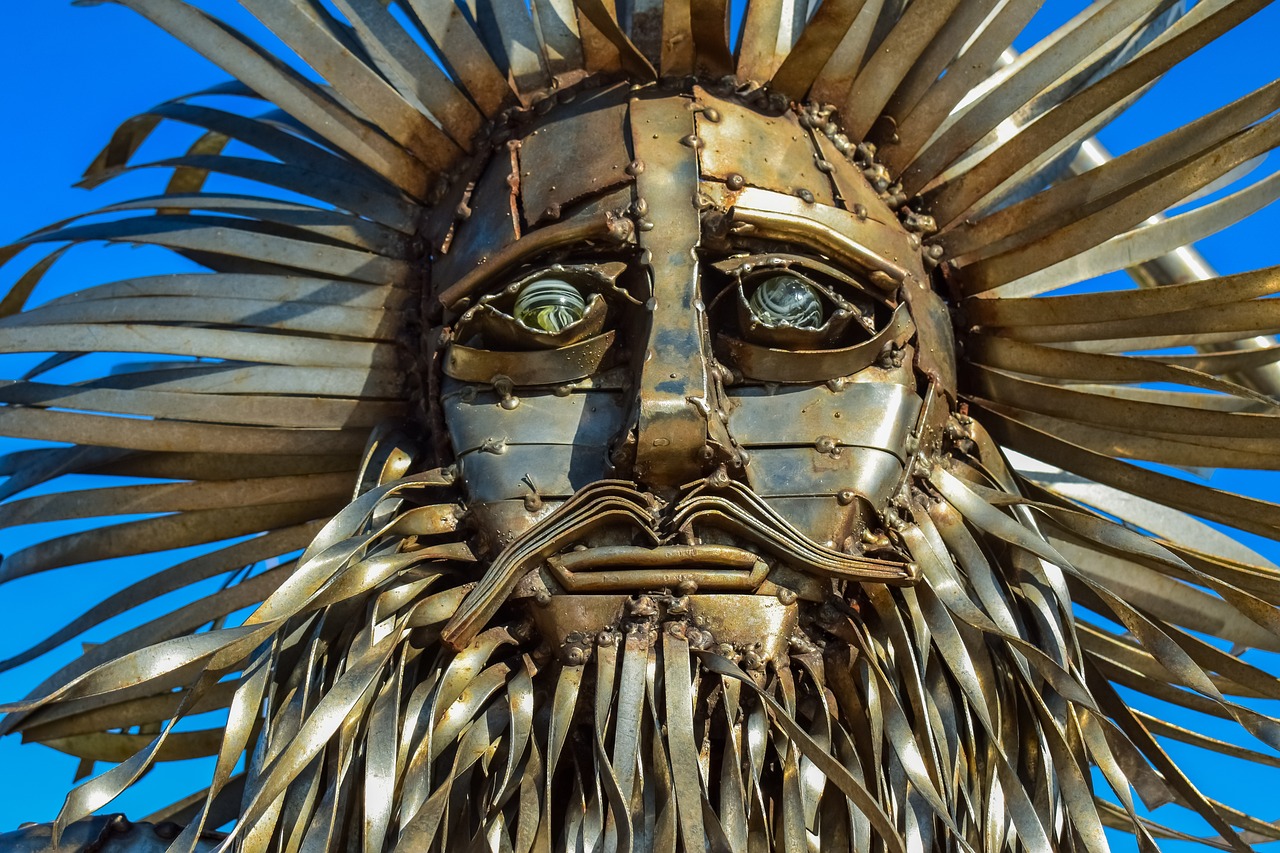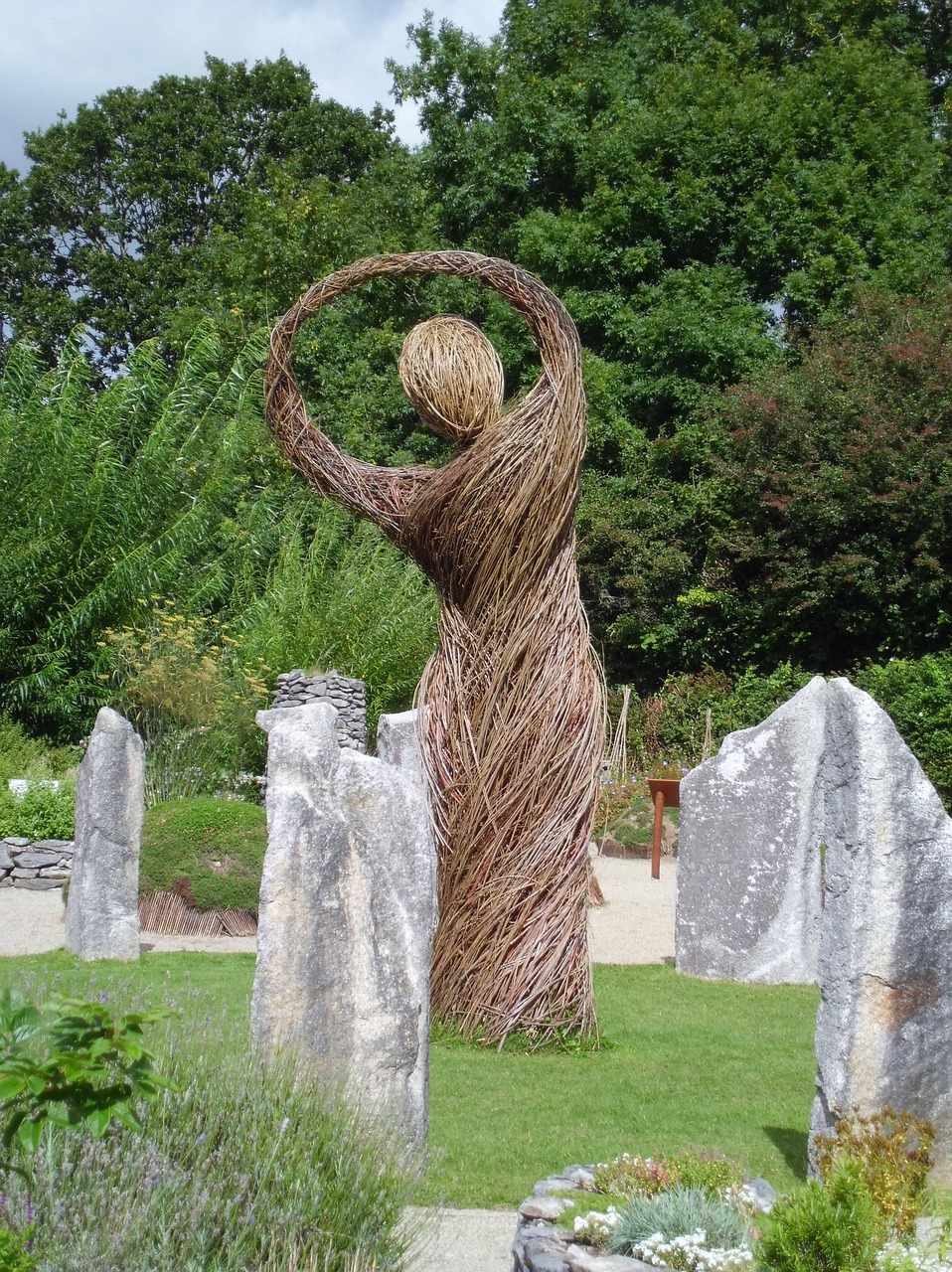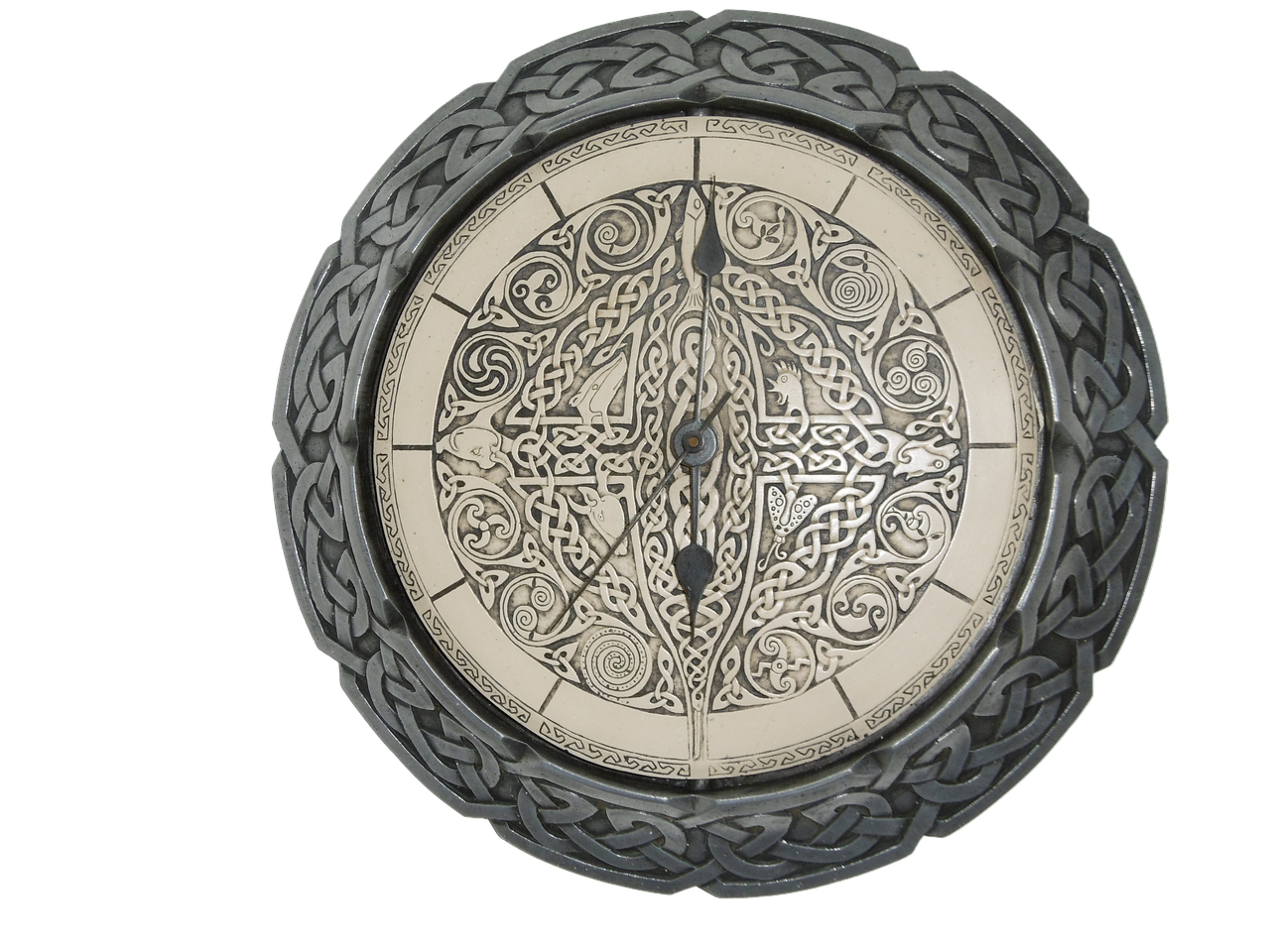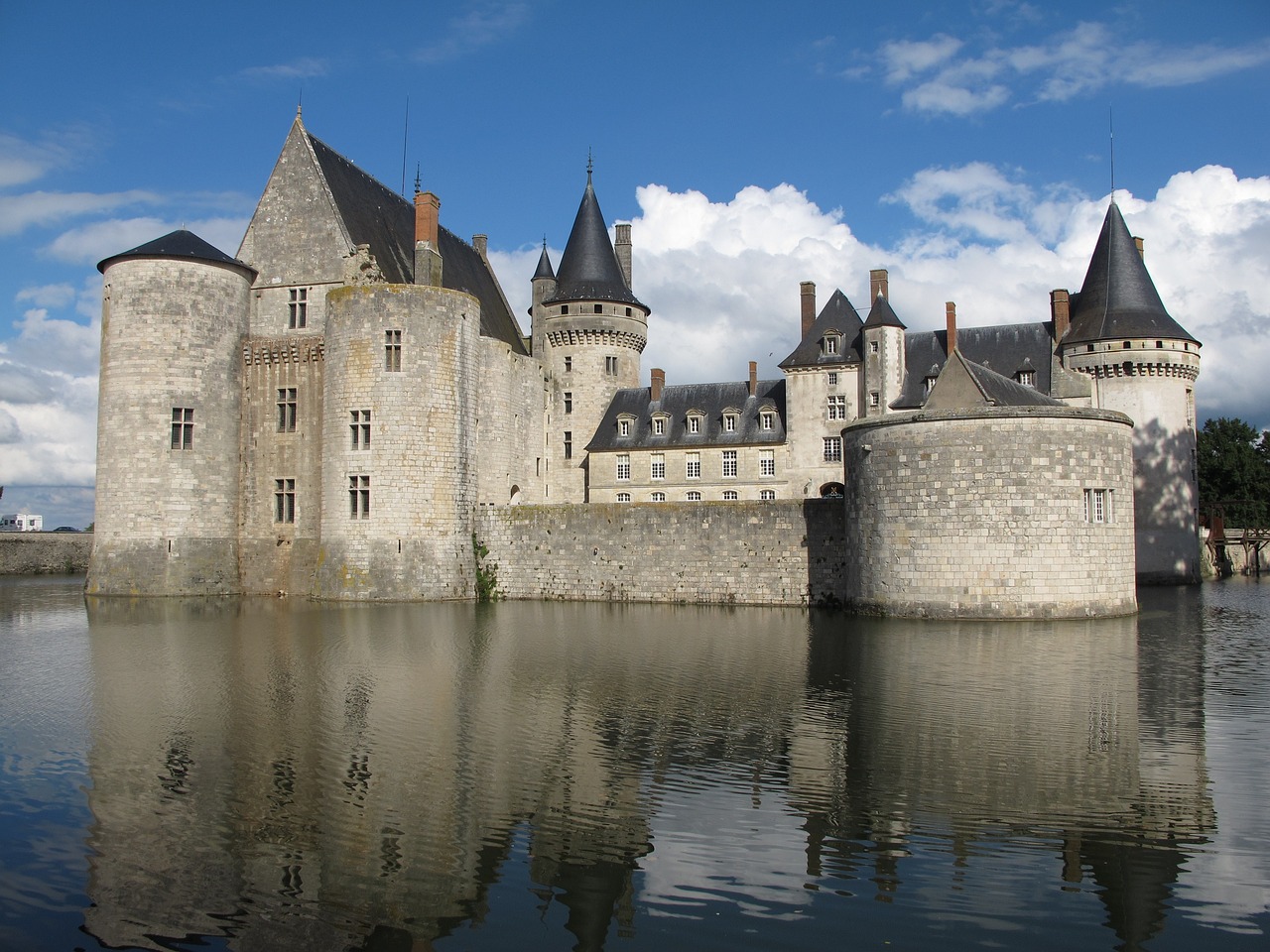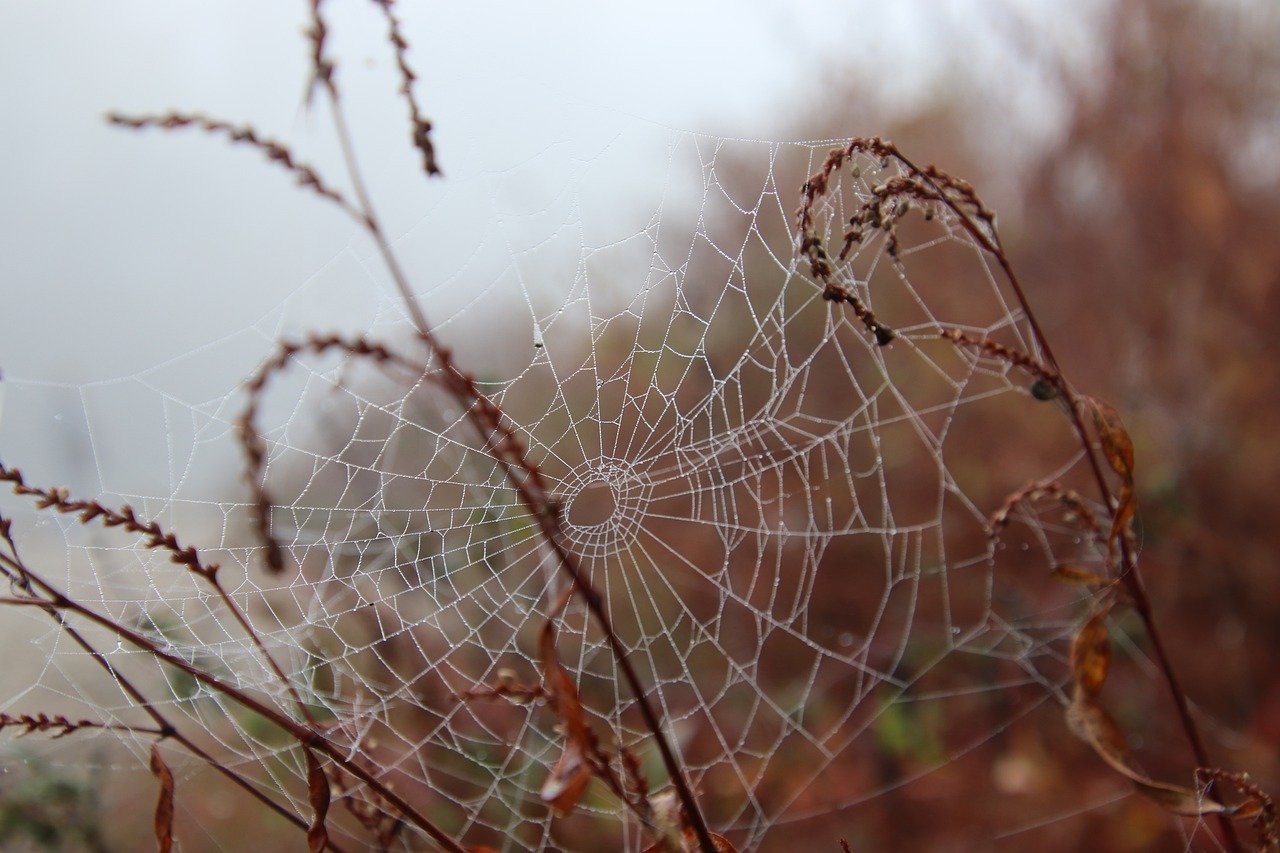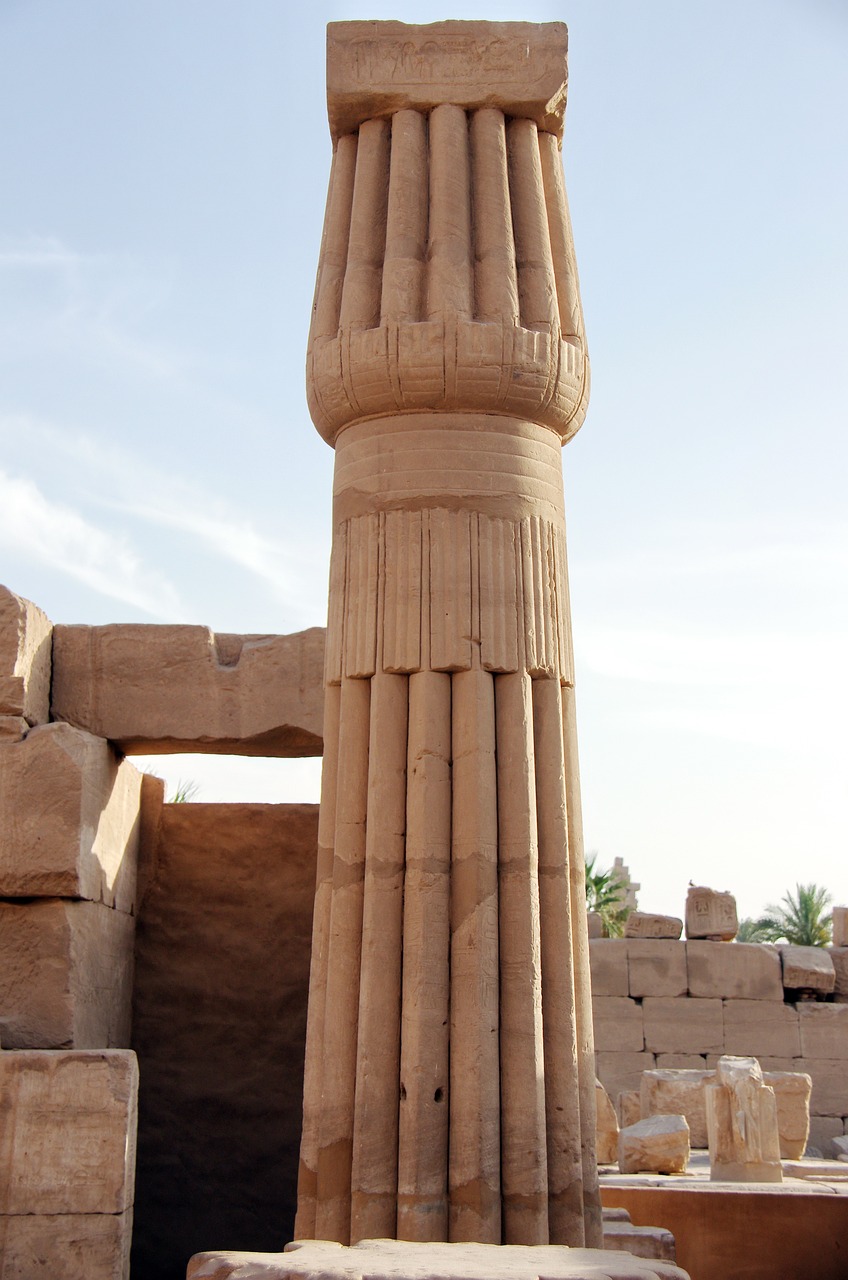Author: Sun WuKong
-
Greek mythology is a complex tapestry of stories woven about the gods, heroes, and rituals of the ancient Greeks along with tales from Classical antiquity. While some ancient thinkers like the philosopher Plato acknowledged that these myths contained fictional elements, they were largely accepted as factual by the popular piety of the Greeks. The influence…
-
At Lughnasadh, the harvest season commences, marked by the cutting of corn in the fields. For many, this moment encapsulates the essence of the festival. John Barleycorn, having aged since his union with the Lady during Beltane, appears faint and wise, leaning on a staff. As he observes the transformation of the crops from vibrant…
-
Understanding Quirinus: Key Insights for Your Test Quirinus is a significant Roman deity tied to warfare and the safeguarding of the Roman state. Emerging from Sabine origins, this god illustrates the early Roman religion’s flexibility and its tendency to assimilate deities from neighboring cultures. Quirinus represents themes of military strength and civic responsibility, highlighting how…
-
Zhu Ba Jie, popularly known as “Pigsy” in English, is a prominent character featured in the classic Chinese novel Journey to the West (西游记 xī yóu jì). Initially, he was a celestial being but was expelled from Heaven due to his lewd behavior. Similar to Sha Wu Jing (沙悟净 shā wù jì), Zhu Ba Jie…
-
Lugh: The Multifaceted Hero of Irish Mythology Overview Lugh, known as Lugh of the Long Arm, holds a pivotal position in Irish mythology as the embodiment of nobility, craftsmanship, and martial prowess. As both Ollamh Érenn and the King of the Tuatha Dé Danann, he wielded the formidable Spear of Assal, a weapon feared by…
-
Celtic religion encompasses the spiritual beliefs and rituals of the ancient Celtic peoples. This group, recognized as an ancient Indo-European society, reached a peak of power and territorial reach by the 4th century BC, stretching from Britain to regions as far as Asia Minor. In the following centuries, specifically from the 3rd century BC, the…
-
Sulis is a renowned goddess in the Celtic pantheon, famously connected to a single significant site located at a thermal spring in south-west England known as Aquae Sulis. This site served not only as a place for bathing but also housed a temple dedicated to her Romanized version, Sulis Minerva. The thermal springs at this…
-
Dear friends, I’m excited to present to you this second post. In my prior entry, I mentioned how quickly time has passed, preventing me from completing a comprehensive series on the history of Halowe’en. Today, I’d like to delve into a particular aspect that, while not entirely my own words, draws heavily from Ovid’s beautiful…
-
Hieroglyphic writing is a complex system that utilizes characters resembling pictures. These characters, known as hieroglyphs, can be interpreted not only as visual representations but also as symbols for various objects and sounds. The term “hieroglyphic” comes from the Greek word meaning “sacred carving,” with its initial references appearing in the works of Diodorus Siculus…
-
Hestia: The Virgin Goddess of Hearth and Home Hestia, the goddess central to both private and public hearths, embodies the spirit of the family fire and domestic tranquility. Revered for her role in cooking, particularly the baking of bread and preparing family meals, she presides over the sacred flame of sacrifices made to the gods.…

